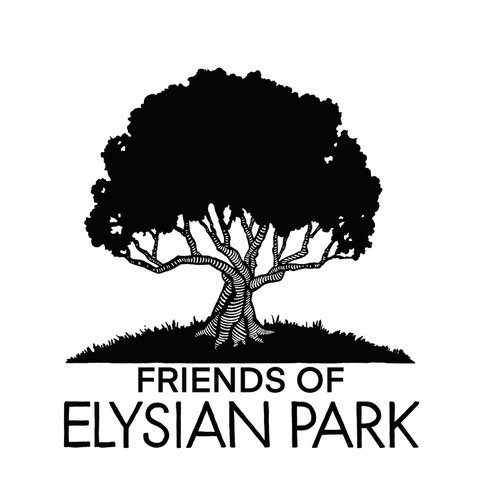History of Elysian Park
For more than 130 years, Elysian Park has been an oasis of wilderness in one of the world’s largest, most diverse and fastest growing cities on Earth. We’re ensuring the park’s long story continues to add new chapters.
Los Angeles’ Original Inhabitants
The Indigenous Tongva people inhabited the area that is now called Los Angeles for thousands of years, including the hilly area that would eventually become Elysian Park. The Tongva community centered on Yaanga on the banks of the L.A. River, only minutes from the current park’s borders.
The Tongva and Chumash people had extensive trade networks up and down the California coast and beyond. Many local names, including Azusa, Tujunga and Pacoima have roots in the Tongva language.
Earliest known photo of Los Angeles, circa 1857-1861, via USC Libraries, California Historical Society
The Portola Expedition and the Pueblo de Los Angeles
The first recorded mention of the area that would eventually become Elysian Park occurred August 2, 1769, when the Portola Expedition (a party of Spanish explorers making the first land-based survey of the Pacific Coast by Europeans) camped somewhere near the southeastern corner of what is now the park. A historical marker at the Meadow Road entrance to the park commemorates the Portola campsite.
In 1781, the Spanish governor of California established the Pueblo de Los Angeles with a royal grant encompassing 28 square miles. Of this land grant, the 618 acres that now make up Elysian Park is the only remaining natural parcel.
When Mexico won independence from Spain in 1821, California became part of the First Mexican Empire. However, the Mexican-American War of 1846-48 forced Mexico to surrender its claim on the land — and California became the 31st state in the growing United States.
Aerial view of Los Angeles from a balloon, circa 1887. Public domain.
A National Push for Preservation
One of the first official acts of the new American government was to record the boundaries of Pueblo lands surrounding Los Angeles so they could be auctioned off to generate revenue. At that time, the area that is now Elysian Park was known as Rock Quarry Hills. Because of the area’s many hills and canyons, it was deemed undesirable for development and withdrawn from public auction.
According to J.M. Guin’s A History California and Los Angeles and its Environs (1915), “…the lands that form Elysian Park were considered worthless and the councilmen could find no one to take them off their hands.”
As the 19th Century came to a close, however, America’s passion for taming the wilderness shifted toward preservation. Yellowstone became the first National Park in 1872 and other parks soon followed. In 1886, the Los Angeles City Council dedicated Rock Quarry Hills as a city park, renaming it Elysian Park, after the famed Elysian Fields — where virtuous souls went to rest, according to Greek mythology. Subsequent city charters granted protection to the parklands in perpetuity.
Broadway entrance to Elysian Park, circa 1900.
Building a Park for Future Generations
Although it was decided Elysian Park would eschew formal landscaping to retain its wild, natural character, the hills had been largely stripped bare of native coast live oaks and California black walnut trees for firewood and lumber.
A reforestation campaign was mounted to beautify the park and between 1886 and 1892, more than 150,000 new trees were planted, including eucalyptus, live oaks, pines, cypresses, Deodar cedars and more.
Roads, footpaths and bathrooms were also installed. In 1893, the Los Angeles Arboretum was established with a grove of rare trees from around the world — many of which still thrive today. In 1895, the park’s iconic Avenue of the Palms was created with an allee of date palms along what is know Stadium Way.
Elysian Park today is a true gem in the sprawling city landscape. The Friends of Elysian Park are here to ensure the park’s story continues well into the future.
You can learn more about our organization’s history and founding here.




